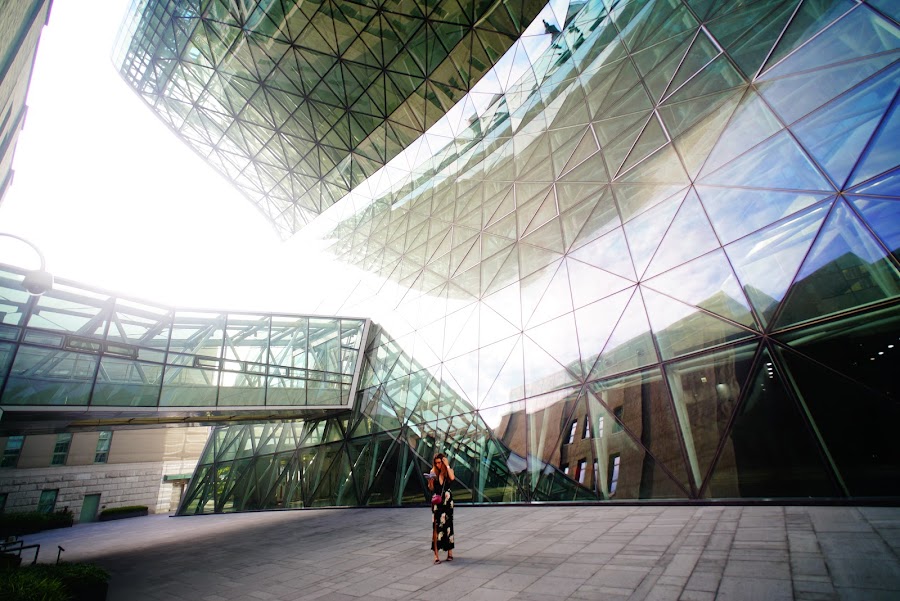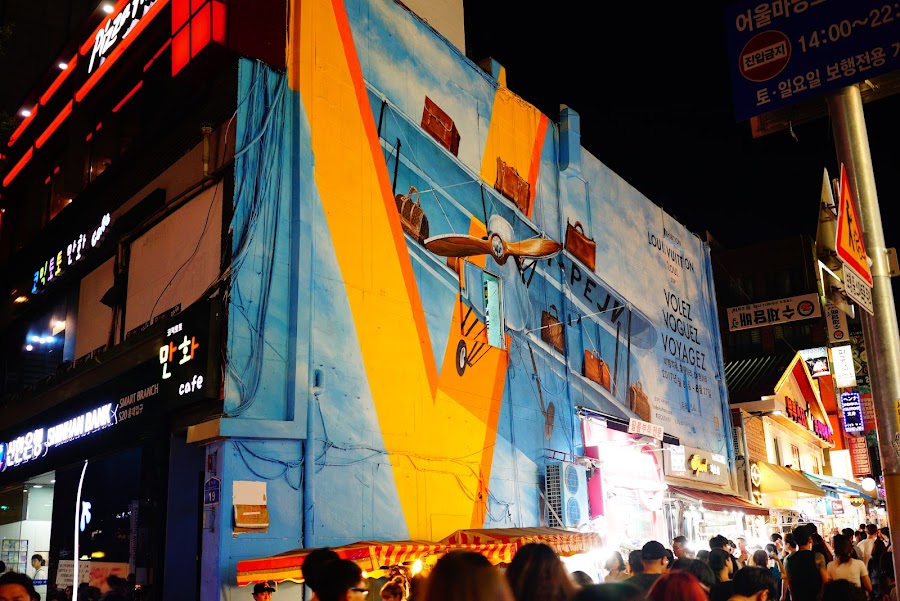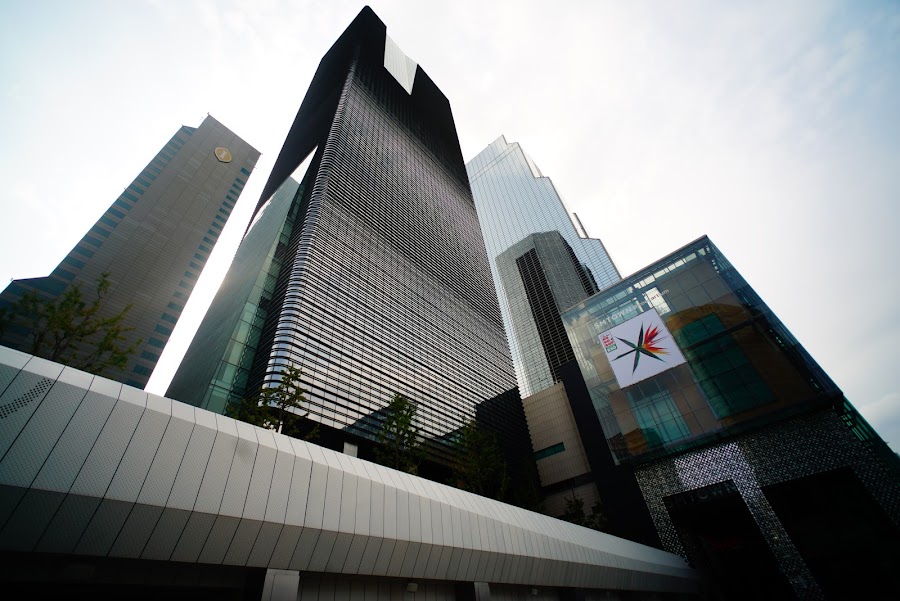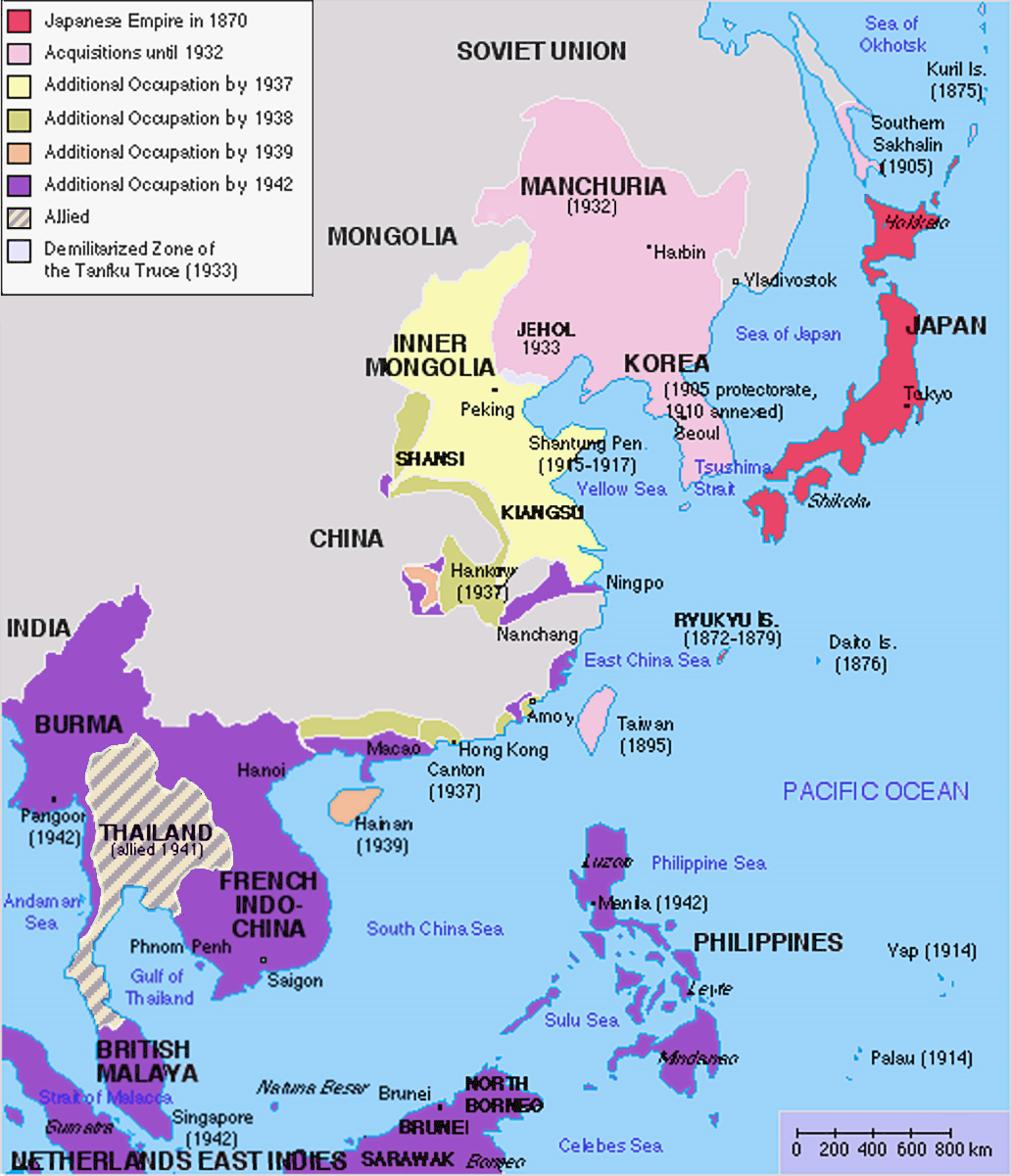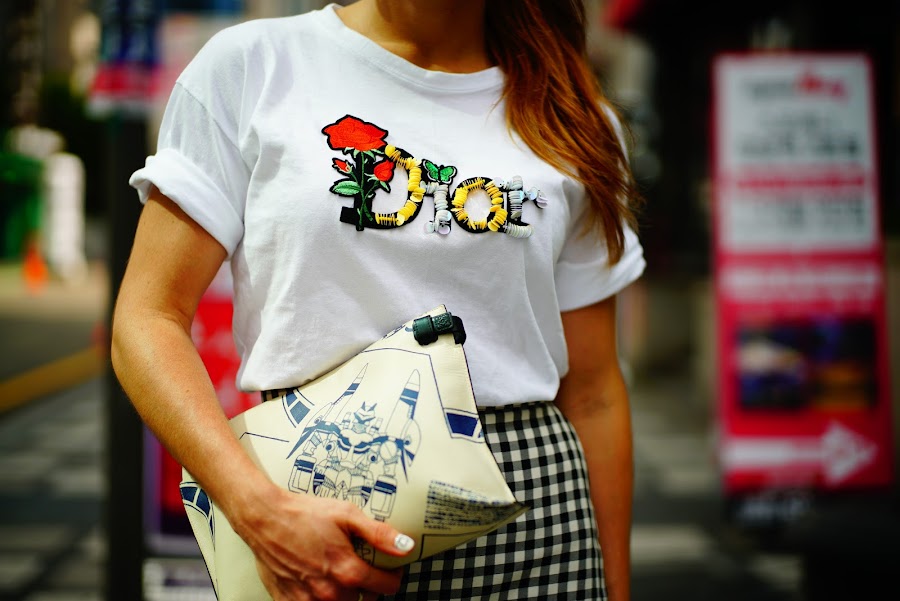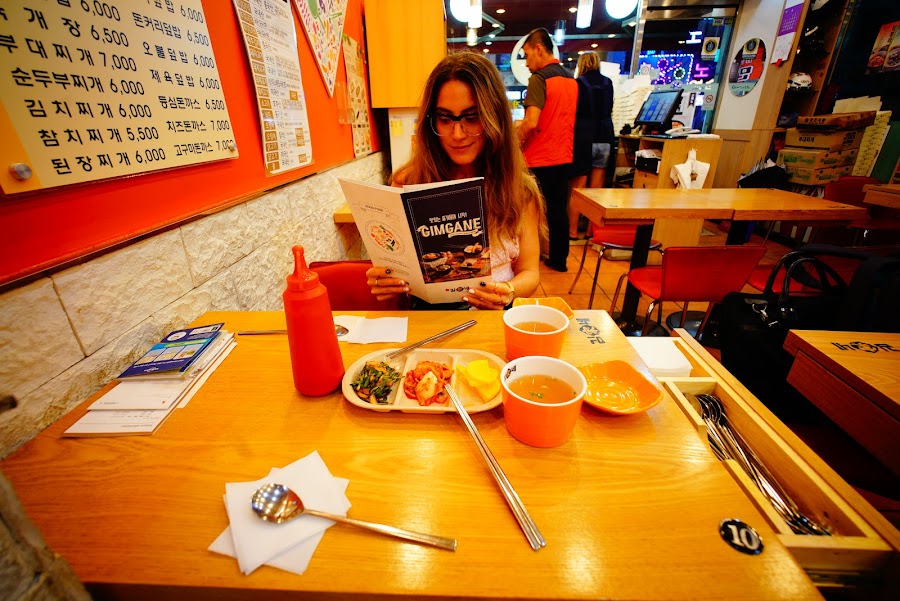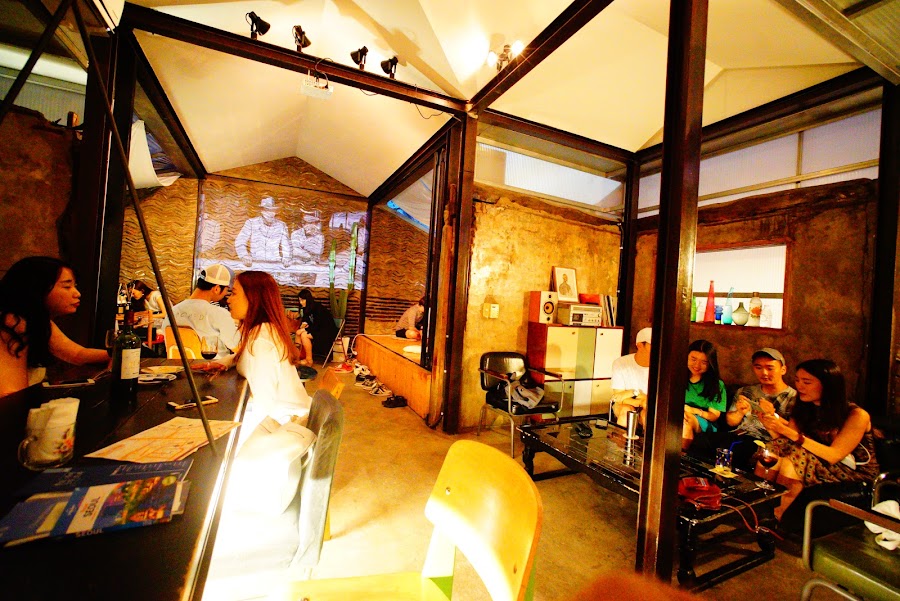
Korea del Norte es noticia de cabecera. Bombas atómicas,
fuego y furia, ataques preventivos, Guam.
Cómo es posible que todavía exista un país así? La respuesta está en la historia que trato de resumir en el post de hoy.
La segunda guerra mundial
Es importante entender que en la segunda guerra mundial, realmente había dos guerras más o menos independientes, de las que os hablaba
al final de este post:
- Frente Europeo (Alemania como principal potencia del eje)
- Frente Pacífico (Japón como principal potencia del eje)
La historia de Korea, está relacionada con el segundo. Importante recordar que US declaró la guerra a Japón a consecuencia del
ataque Japonés a Pearl Harbor el 7 de Diciembre de 1941 - en estos días que se habla mucho de
who strikes first, en este caso fue Japón. Tres días después, Alemania e Italia (las otras dos potencias del eje) le declararon la guerra a US, con lo que se involucraron directamente en Europa, cambiando el curso en favor de los aliados.Es cierto que US tenía intereses militares en Europa, pero éstos estaban cubiertos con el "Lend Lease" -
básicamente un programa por el cual US suministraba barcos al Reino Unido a cambio de la posibilidad de establecer bases en Europa. Os recomiendo
este libro si os interesan estos temas de geopolítica.
Las potencias del eje (Japón, Alemania, Italia) tenían pactos firmados pero en realidad a
ctuaban con bastante independencia: L
os Nazis se rindieron pero los Japoneses seguían batallando por mantener su imperio en el frente Pacífico.
El origen de la Korea divida es, en gran parte, una coincidencia temporal:
- Febrero 1945: Estados Unidos temiendo que la guerra se alargara un año más, acuerda con Rusia su entrada en la guerra del Pacífico en los tres meses después del fin de la guerra en Europa.
- 8 de Mayo de 1945: Rendición del bando Nazi en Europa
- 6 y 9 de Agosto de 1945: Bombardeo nuclear en Hiroshima y Nagasaki, tratando de forzar la rendición Japonesa
- 9 de Agosto de 1945: Ataque de Rusia en Manchuria (país marioneta controlado por Japón)
- 14 de Agosto de 1945: Rendición de Japón
Revisitando el mapa inferior y centrándonos en la zona rosa, observamos que Manchuria era mucho más grande y estaba en frontera directa con la península -
da la sensación de ser el último trocito que le falta a Rusia.
Temiendo el avance de Rusia hasta ocupar la península completamente, Estados Unidos asignó a dos oficiales bastante jóvenes con la tarea de definir
el límite de una zona de ocupación Americana en Korea. Basándose en una lógica simple, buscando una línea que dividiera el país más o menos por la mitad pero mantuviera la capital bajo el control Americano, sugirieron
usar el paralelo 38 como línea de división. Completamente ignorantes de discusiones pasadas entre Japón y Rusia pre-revolución bolchevique en las que habían acordado algo similar; se sorprendieron de que
la URSS aceptara esta división de inmediato.
En el
10 de Agosto de 1945, se llegó al acuerdo de dividir un país que llevaba unificado desde la era Goryeo (918–1392), entre las dos potencias que emergieron de la Segunda Guerra Mundial, entre Comunismo y Capitalismo,
con consecuencias que llegan hasta el día de hoy.
Hay quien afirma que es
una cuestión temporal, porque si la guerra hubiera durado menos (URSS no habría entrado en el frente pacífico) o más (URSS habría avanzado hasta Japón),
Korea no estaría dividida.
Las dos Koreas
Al terminar la guerra, ambos lados tomaron control de sus respectivos territorios, tratando de establecer un gobierno auto-suficiente. Tres años después, Norte y Sur se alzaban con gobiernos independientes de ideologías opuestas:
- 10 de Mayo 1948: Syngnam Rhee (anti-comunista) era democráticamente* declarado presidente de la República de Korea (ROK)
- 9 de Septiembre 1948: Kim Il-sung (comunista) era declarado presidente de la República Popular Democrática de Corea (DPRK)
*Sólo hubo elecciones generales supervisadas por las Naciones Unidas en el lado sur (ROK)

Como podéis ver
Kim Il-sung es el abuelo del presidente actual.
La división de un país que llevaba un milenio unificado
era un tema rechazado por ambos. Los conflictos que habían aparecido en el borde, escalaron hasta que
en la madrugada del 25 de Junio de 1950, Korea del Norte apoyada por la URSS invadió el lado Sur, marcando el inicio de lo que conocemos como Guerra de Korea.
La guerra de Korea
Una visita al
War Memorial of Korea 전쟁기념관 sirve como buen resumen de la guerra, que tuvo 4 fases claramente diferenciadas ilustradas en la imagen inferior.

- 25 de Junio - 14 de Septiembre 1950: Retirada hasta Busan
Tras el ataque inicial, el lado norte progresó muy rápido. Tomaron Seúl tres días después. Cómo podían ser tan débiles? El lado Norte había sido entrenado para el combate durante los 3 años de post-WWII, estaba apoyado por Rusia y equipado con mucho más armamento que el Sur, que había sido preparado para una democracia y se quedó completamente indefenso con la partida del ejército Korea del Norte empezó la guerra con unos 200 tanques. Korea del Sur, con ninguno. Al llegar las Naciones Unidas al rescate, se atrincheraron en Busan (donde podían recibir alimentos y armamento por vía naval) y se centraron en afianzar fuerzas, mientras preparaban un contra-ataque.
- 15 de Septiembre - 25 de Noviembre 1950: Desde el Incheon Landing (UN) hasta la frontera norte
La figura del General McCarthur, que había liderado las victorias del ejército norteamericano en la guerra del Pacífico, como su Comandante, es un factor clave en la guerra de Korea. Se opuso a la mayoría de líderes y demostró que tenía razón en creer que un ataque anfibio en el puerto de Incheon, donde está el aeropuerto de Seoul hoy en día, era la mejor opción para cambiar el curso de la guerra. Allí desembarcaron el 15 de Septiembre unos 300000 soldados (UN) - de los cuales 260K eran Americanos - recuperaron Seúl el 25 de Septiembre, cruzaron el paralelo 38 (invadiendo Korea del Norte) el 7 de Octubre y siguieron avanzando, con el objetivo de unificar el país.
- 25 de Noviembre - Febrero de 1951: Entrada de China causando la retirada
Desgraciadamente, Mao Zedong se había comprometido a "apoyar a Korea del Norte en caso de que US les invadiera" en un meeting con Kim-II-sung el 15 de Mayo de 1950. De hecho, esta posición diplomática es la misma que la actual - China sólo entrará si US ataca a Korea del Norte primero. 200000 soldados chinos entraron en Noviembre, 500000 más el 31 de Diciembre. Usando la superioridad numérica, condujeron a las fuerzas de las Naciones Unidas, lideradas por McCarthur de vuelta al Sur.
- Marzo de 1951 - 27 de Julio de 1953: Estabilización del conflicto, terminando en armisticio
McCarthur cruzó el paralelo 38 en Marzo. En Abril de 1951, fue relevado por el Presidente Truman - por sus declaraciones públicas y su agresividad, aprobando ideas como el bombardeo nuclear de Manchuria. La guerra, se transformó en una guerra de trincheras, estabilizada en torno al paralelo 38. Pese al desgaste en ambos bandos, la negociación del armisticio llevó bastante tiempo, hasta que fue firmado por las Naciones Unidas, Korea del Norte y China. Korea del Sur se abstuvo pues sigue esperando una península unificada.
La Zona Desmilitarizada
El armisticio establece 3 puntos principales, que siguen vigentes hoy en día. Lo más importante es entender que no es un tratado de paz, ni un acuerdo entre gobiernos. Es decir, la guerra NO ha terminado oficialmente:
- Alto al fuego
- Creación de una banda de 4km en torno a la frontera que visitamos en un post siguiente y se conoce como zona desmilitarizada (DMZ)
- Repatriación de los prisioneros de guerra*, que cruzaron el Puente de No Retorno cuya mitad está justo en la frontera (MDL).
*Excepto si ellos eligen rechazar esta posibilidad (22000 soldados del Norte se quedaron en el Sur, unos 350 soldados del Sur - incluyendo 21 americanos y 1 británico, se quedaron en el Norte)
 Que conste que llevo zapatillas a 2000C grados a la sombra porque es condición obligatoria para la visita, no por gusto...
Que conste que llevo zapatillas a 2000C grados a la sombra porque es condición obligatoria para la visita, no por gusto...






